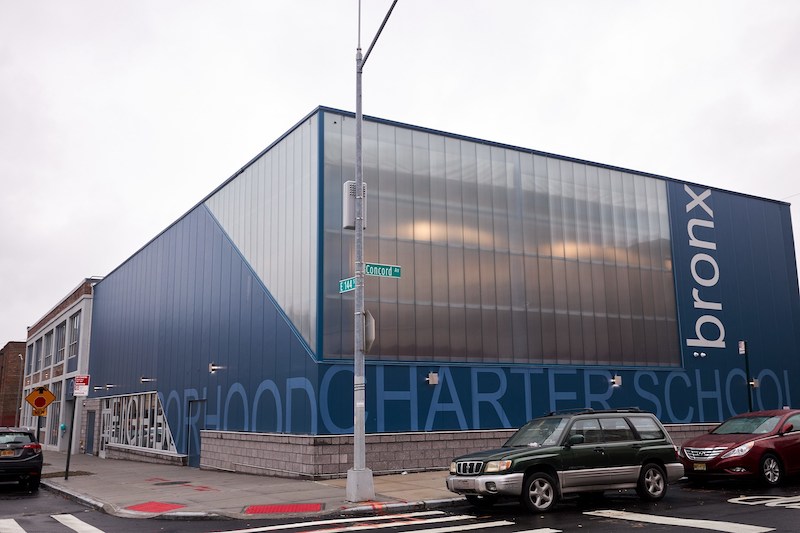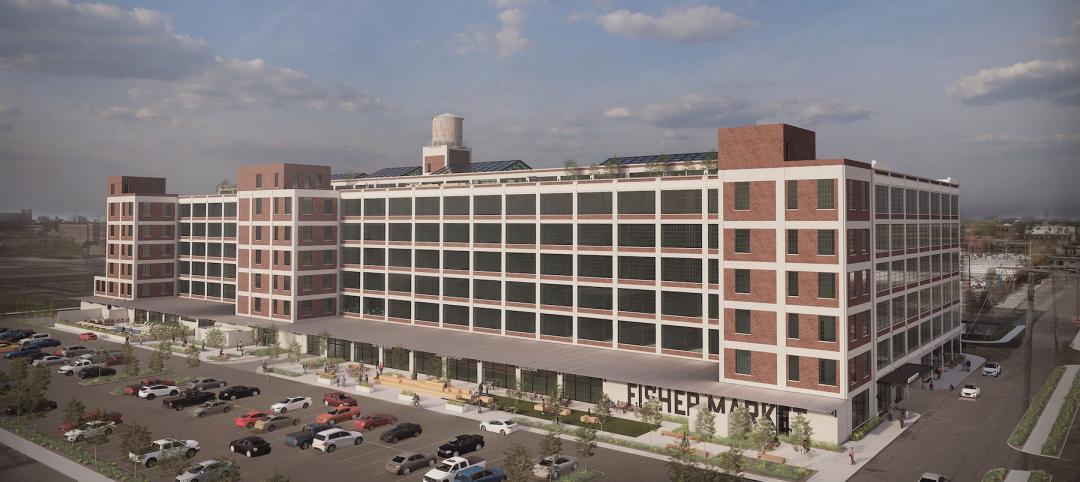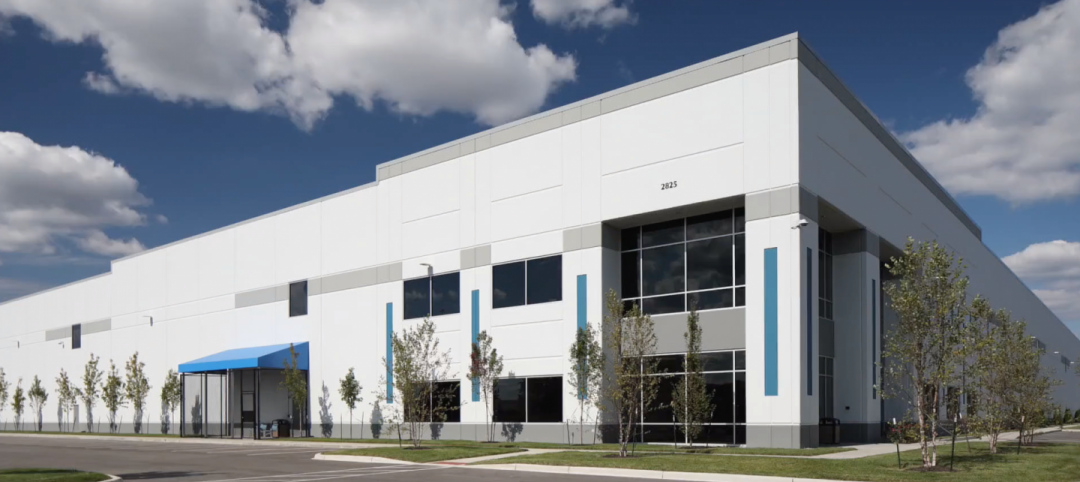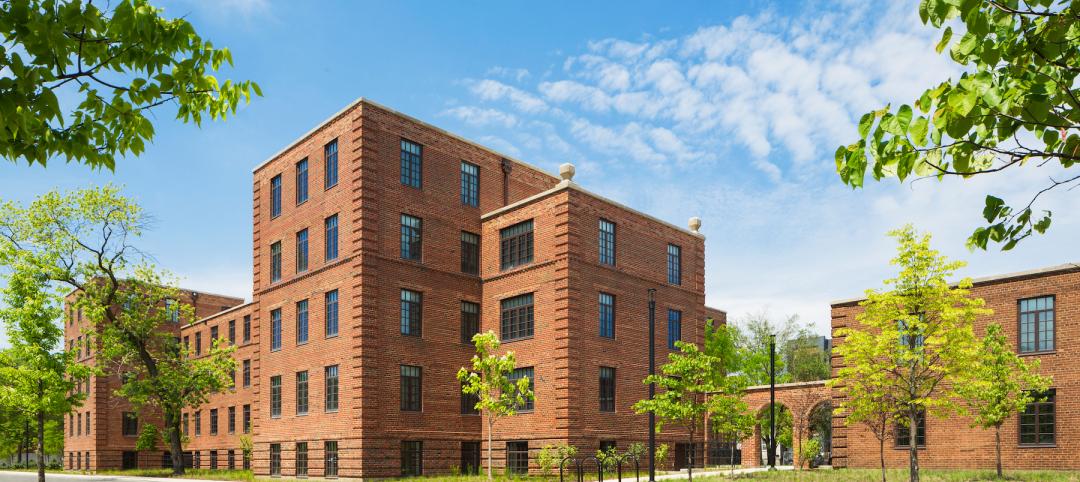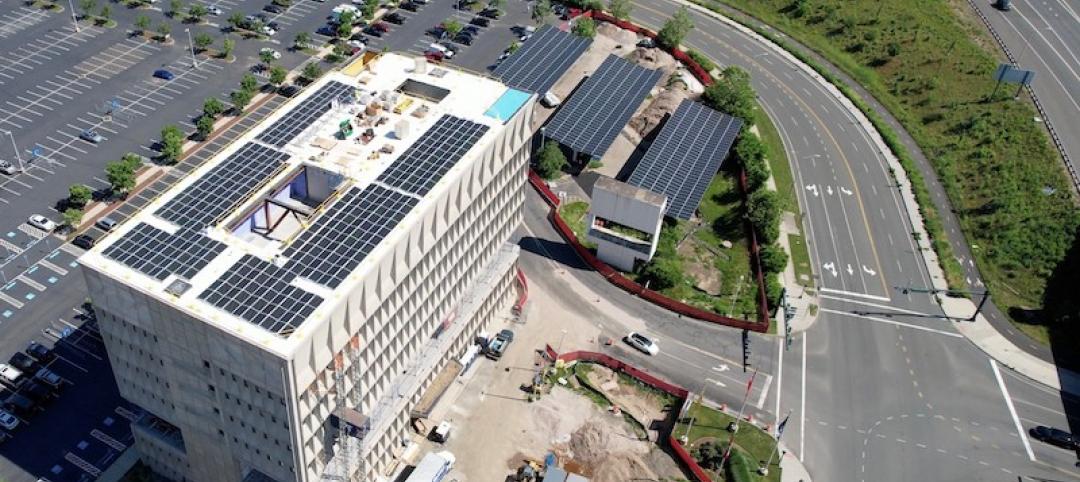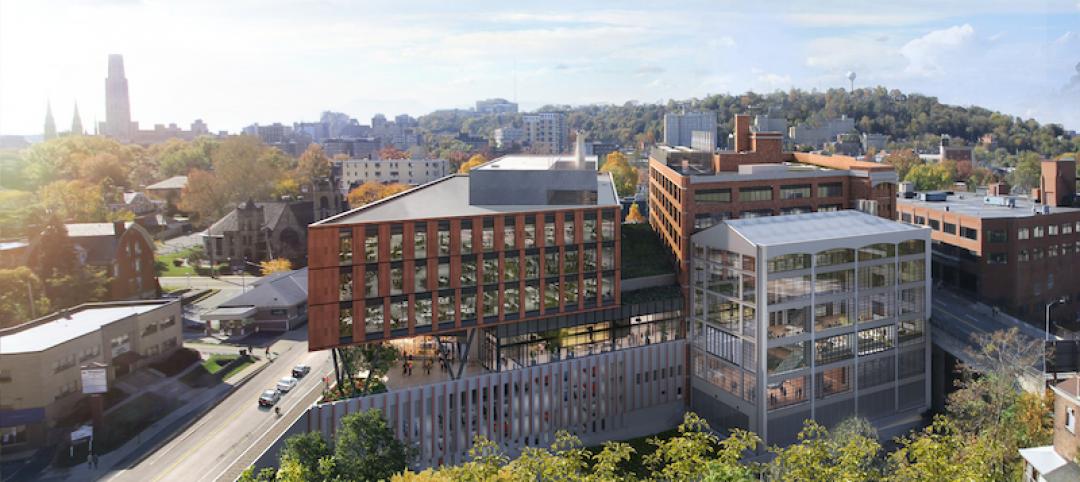A nexus of growing demand for charter schools and a pandemic-driven increase in commercial vacancies is presenting adaptive reuse opportunities to developers and AEC firms.
Charter schools are the fastest-growing sector of U.S. education, with California, Florida, and Texas leading the pack. One in five students in Arizona is enrolled in a charter school.
There are more than 3.3 million students enrolled in 7,500-plus charter schools in 44 states, the District of Columbia, Puerto Rico, and Guam, with a waiting list of nearly 2 million more, according to the National Alliance for Public Schools, a leading nonprofit dedicated to the advancement of the public charter school movement.
Finding real estate “has always been a challenge” for charter school owner-operators, says Mark Medema, Managing Director of the Alliance’s Charter School Facility Center. In response, more charter schools are finding homes in repurposed commercial spaces that, in many cases, were vacated by tenants during the coronavirus pandemic that led companies, cities, and states to impose occupancy restrictions.
So in San Antonio, a charter school now fills an empty grocery store; in Austin, a vacant Costco has been repurposed; in New York, two floors of a public housing complex in Harlem now serve as a charter school.
Medema says that empty retail space is presenting the greatest opportunity, as charter schools typically need 30,000 to 50,000 sf of space, and sometimes much more. He notes that in the Dallas market, a charter school took over the lease of a shopping mall’s anchor store that closed.
A TURNKEY REPOSITIONING APPROACH
The Alliance has also been watching how the real estate consulting firm Transwestern has been helping its clients in urban centers return to their offices. The Alliance and Transwestern have joined forces to devise a turnkey solution that leverages high vacancy rates in certain markets and product types to address the need for more educational space.
Casey Noel, Transwestern’s Vice President-nonprofit advisory services, says old warehouses in urban markets are being transformed into charter schools. “The conversion costs are relatively low, and the zoning can be conducive,” says Noel. He adds that certain municipalities offer developers community facility density bonuses, which fit how charter school repositionings often build out. “Owners and developers are looking for ‘buildabilty,’ ” he says.
Transwestern starts this process as a consultant, interacting with charter school boards and finding suitable real estate. Its knowledge of city and state policies, as they pertain to charter schools and real estate conversions, is invaluable, says Noel. Transwestern’s involvement ends when a school signs a lease.
AN ‘IDEAL’ TENANT
Noel says that it takes at least 18 months to convert a warehouse into a charter school, although the conversion period for any space depends on size, location, and the condition and adaptability of the property.
Medema thinks that developers should be jumping at the chance to reposition vacant commercial space as a charter school. “Charters are ideal tenants because they produce a steady revenue stream, are government funded, have stable enrollments, and are almost recession proof.”
The Alliance’s objective is to foster the option of a charter school education to every family that wants it for their children. Medema doesn’t envision charter schools ever surpassing public school, but he does see their market share—currently at around 6.5% of all public-school students—hitting or even exceeding 10% eventually.
Related Stories
Adaptive Reuse | May 18, 2022
An auto plant in Detroit to get a retread as mixed-use housing
Fisher 21 Lofts could be the largest minority-led redevelopment in the city’s history.
Industrial Facilities | Apr 1, 2022
Robust demand strains industrial space supply
JLL’s latest report finds a shift toward much larger buildings nearer urban centers, which fetch higher rents.
Healthcare Facilities | Mar 25, 2022
Health group converts bank building to drive-thru clinic
Edward-Elmhurst Health and JTS Architects had to get creative when turning an American Chartered Bank into a drive-thru clinic for outpatient testing and vaccinations.
Adaptive Reuse | Dec 16, 2021
An adaptive reuse of a historic building in San Francisco was worth the wait
A five-year-long project included extensive restoration.
Adaptive Reuse | Nov 1, 2021
CallisonRTKL explores converting decommissioned cruise ships for housing
The rapid increase in cruise ship decommissioning during the last 18 months has created a unique opportunity to innovate and adapt these large ships.
Multifamily Housing | Oct 21, 2021
Chicago’s historic Lathrop public housing complex gets new life as mixed-income community
A revitalized New Deal–era public housing community in Chicago brings the Garden City movement of yesteryear into the 21st century.
Adaptive Reuse | Aug 25, 2021
The first net-zero hotel in the U.S. is nearing completion in Connecticut
Solar arrays will provide the electricity for the Hotel Marcel, whose name recalls the building’s original designer.
Hotel Facilities | Jun 18, 2021
Adaptive reuse for hospitality, with Frank Cretella of Landmark Developers
In an exclusive interview for HorizonTV, Landmark Developers' President Frank Cretella talks about the firm's adaptive reuse projects for the hospitality sector. Cretella outlines his company's keys to success in hospitality development, including finding unique properties and creating memorable spaces.
Adaptive Reuse | Jun 2, 2021
An old Ford factory in Pittsburgh is being adapted to become a biomedical research facility
This is the latest step in the city’s post-industrial resurgence.
Adaptive Reuse | Apr 15, 2021
The Weekly Show, Apr 15, 2021: The ins and outs of adaptive reuse, and sensors for real-time construction monitoring
This week on The Weekly show, BD+C editors speak with AEC industry leaders from PBDW Architects and Wohlsen Construction about what makes adaptive reuse projects successful, and sensors for real-time monitoring of concrete construction.


